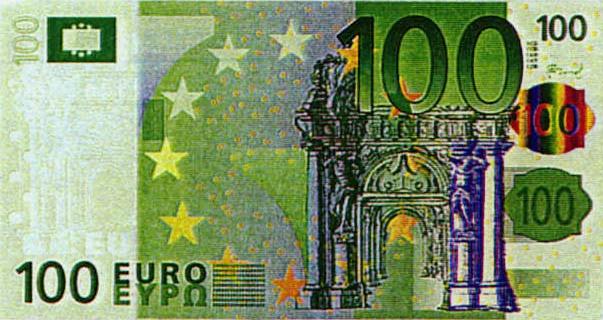
The Euro is the single-currency monetary system in most of Continental Europe and several European-influenced nations. The Euro (denoted by the €EUR) officially went into circulation for the first time in 2002 and is the result of the strategic integration of European market and monetary systems.
Twelve European Union member countries (Belgium, Austria, Cyprus, Finland, Estonia, France, Greece, Germany, Ireland, Luxembourg, Italy, Malta, Portugal, the Netherlands, Slovakia, Spain, and Slovenia) that make up the Eurozone consider the Euro as their exclusive currency, as well as European countries like Andorra, Montenegro, Monaco and the Vatican.
The Euro is a paragon of a monetary union aimed at centralizing financial and economic markets that fosters political integration among countries forged in strategic partnerships.
Several milestones in the history of European monetary reform led to the invention of the Euro. It is the single greatest monetary replacement the world has ever witnessed since the Roman Empire’s system of currency (and taxation) dominated the ancient world. The idea of promoting European markets by strengthening and facilitating free trade among members of the Eurozone resulted in the creation of the European Monetary System (EMS) in 1979—setting the stage for the world’s first paragon of unilateral monetary scheme that entered financial markets globally in 1999 as an accounting currency.
Today the twelve Eurozone member countries share a one system of currency, a standard interest rate, and a common central bank called European System of Central Banks or ESCB. The ESCB—consisting of the European Central Bank (ECB) and Eurozone central banks—is the single authority tasked to oversee and regulate monetary policy, while individual central banks are involved in the printing, minting and circulation of Euro banknotes and coins. The currency of approximately 327 million Europeans, Euro paper money in €5, €10, €20, €50, €100, €200, and €500 banknotes and Euro coins in 1¢, 2¢, 5¢, 10¢, 20¢, 50¢, €1, and €2 denominations are frequently used.
The ascent of the Euro poses a challenge to the dominance of the United States dollar in worldwide financial and economic markets. By the end of 2010 the Euro averaged at €1.33 to $1 US dollar. Pegged to a basket of international currencies used by over 175 million people globally, the Euro is the second largest accumulated international reserve currency.
In addition, the Bank of International Settlements—a bank of central banks—reported in 2004 a rapid increase in Euro bank deposits by as much as 20% from 12% in 2001. The continued climb of the Euro in international economic and currency exchange arenas has been at the expense of the weakening US dollar. Although the Euro had a shaky start since its inception in 1995, Eurozone markets hit by the recent recession (like Greece and Ireland) have been stabilizing and with the austere financial measures being applied by the ESCB the Euro is projected to be moderately stable in 2011.

European Euro

No comments:
Post a Comment
Feel free to place you thoughts here